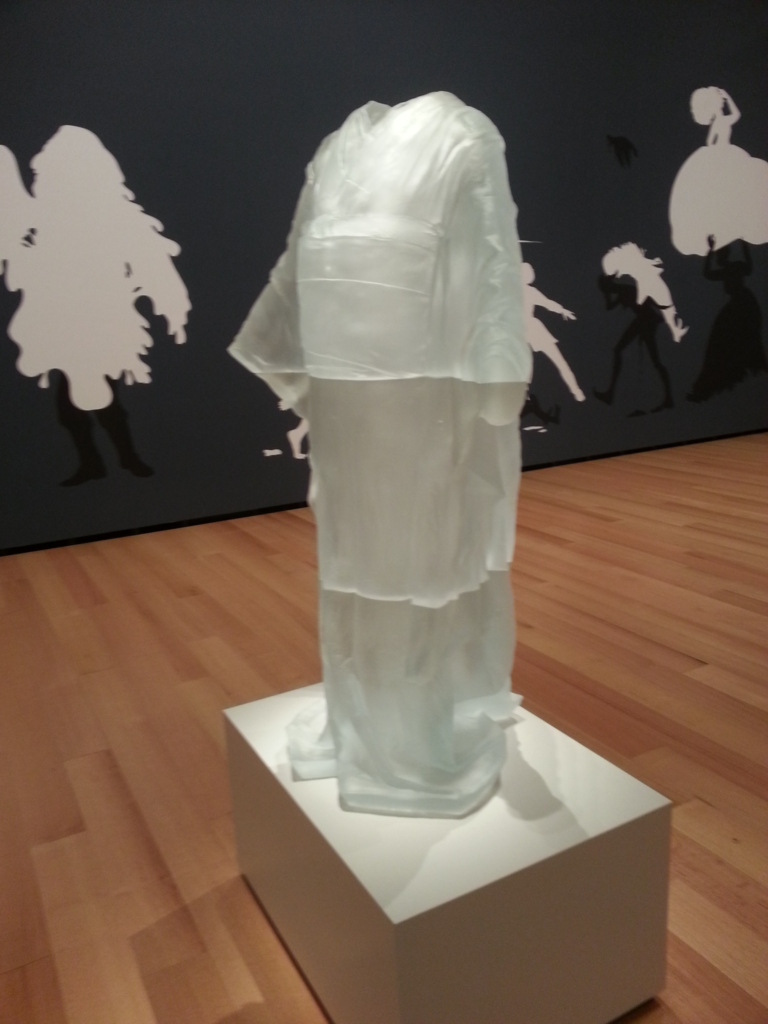Evaluation of Autonomic Nervous System Function Using Heart Rate Variability Analysis During Transient Heart Rate Reduction Caused by Acupuncture.
Kristen Sparrow • April 28, 2018


This article shows that heart rate decreases during 2 minutes of manual stimulation at one acupoint. High Frequency normalized units increases, which implies increased parasympathetic activity. Napadow showed that that a decrease in heart rate during needling implies an “orienting” response, and an increase in heart rate implies an aversive response. So it would be interesting to know what the actual numbers were for these 25 patients. It’s an interesting study, nonetheless, and it makes me wonder if I should, at some point, try 2 minutes of manual stim. But would I do it at every point? Or just on one? I would also to be curious to see what the LFn or low frequency (sympathetic) data were.
Evaluation of Autonomic Nervous System Function Using Heart Rate Variability Analysis During Transient Heart Rate Reduction Caused by Acupuncture.
Abstract
Objective: Human studies have demonstrated that heart rate (HR) decreases during acupuncture stimulation, and pharmacologic studies have shown that this autonomic nervous system (ANS) response is parasympathetic-dominant. It has become clear that significant changes occur in the ANS after acupuncture, based on HR variability (HRV). However, it is inconclusive, according to HRV analysis, if acupuncture induces a significant change in autonomic function during stimulation. The aim of this study was to investigate ANS function using HRV analysis during HR reduction induced by manual acupuncture stimulation to the muscles. Materials and Methods: In this study, electrocardiograms of 25 adult men were analyzed. After resting for 20 minutes, participants underwent 15-20-mm deep acupuncture stimulation at the Shousanli (LI 10) point at 1 Hz for 2 minutes. Instantaneous HR was recorded. The index of parasympathetic nervous activity high-frequency (HF) normalized units (HFnu) and the ratio of sympathovagal balance (low frequency [LF]/HF) were calculated by HRV analysis. Results: HR during acupuncture was significantly lower, compared to HR both before and after acupuncture. HFnu during acupuncture were significantly higher, compared to HFnu both before and after acupuncture. The LF/HF ratio during acupuncture was significantly lower, compared to the ratio before acupuncture, and remained low after acupuncture, compared to before acupuncture. Conclusions: Acupuncture stimulation to the muscle can effectively reduce HR, increase HFnu, and decrease LF/HF that depends on autonomic regulation of both sympathovagal balances.

